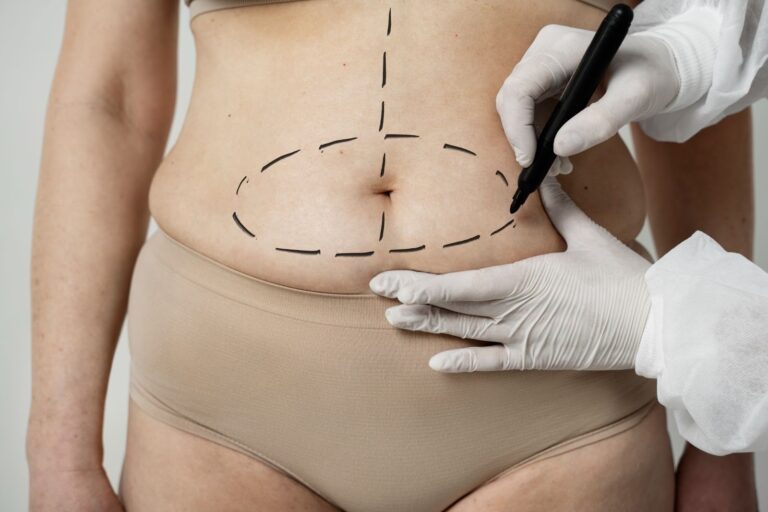A radiant, self-assured smile usually reflects consistent oral hygiene and attentive personal care. Over time, however, teeth can lose their natural whiteness due to various factors, including lifestyle habits, ageing, and dietary choices. For many, teeth whitening has become a sought-after cosmetic dental procedure to restore the natural brightness of their smile. While it is generally safe, understanding the different methods available, the potential risks, side effects, and realistic outcomes is essential before committing to a treatment. Making an informed choice ensures both safety and satisfaction with the results.
Why People Choose Teeth Whitening
Teeth whitening is more than just an aesthetic procedure; it can significantly impact confidence and self-esteem. Many individuals pursue whitening treatments for social, professional, or personal reasons. Some common motivations include:
- Lifestyle-related discoloration: Consumption of coffee, tea, red wine, or smoking can gradually stain teeth.
- Social or professional reasons: A brighter smile can improve first impressions and enhance confidence in public interactions.
- Special occasions: Weddings, graduations, or photo events often prompt individuals to seek a whiter smile.
By addressing discoloration, whitening procedures can help individuals feel more confident and improve their overall oral appearance.
Teeth Whitening Methods
Understanding the various whitening methods allows patients to select the approach that best suits their needs and lifestyle. Here’s a breakdown of the most common options:
1. In-Office Whitening (Professional Treatment)
Performed by a dental professional, in-office whitening offers the fastest results. Dentists typically use high-concentration bleaching agents like hydrogen peroxide or carbamide peroxide.
Pros:
- Immediate results, often several shades lighter in a single session.
- Professionally monitored to reduce risk of gum or enamel damage.
Cons:
- Higher cost compared to home kits.
- Potential temporary tooth sensitivity.
2. At-Home Whitening Kits
These kits can be obtained from a dentist or purchased over the counter. Custom trays provided by a dentist ensure better coverage and effectiveness.
Pros:
- Convenient and gradual whitening.
- Can be tailored to specific patient needs by a professional.
Cons:
- Results take longer than in-office treatments.
- Misuse or overuse may increase sensitivity or irritation.
3. Whitening Toothpaste and Rinses
Whitening toothpaste contains mild abrasives and low-concentration bleaching agents that help remove surface stains. Mouth rinses may also offer minor whitening benefits.
Pros:
- Easy to incorporate into daily oral hygiene routines.
- Helps maintain existing whiteness after professional treatments.
Cons:
- Limited effectiveness for deeper, intrinsic stains.
- Cannot produce dramatic whitening results.
4. Natural Remedies (Optional)
Some people turn to natural methods, such as baking soda, activated charcoal, or oil pulling.
Pros:
- Low-cost and widely accessible.
Cons:
- Limited scientific evidence supporting effectiveness.
- Risk of enamel abrasion or gum irritation with prolonged use.
Table: Comparing Whitening Methods
| Method | Speed | Cost | Effectiveness | Safety |
| In-Office Whitening | Fast | High | High | Supervised |
| At-Home Kits | Moderate | Medium | Moderate | Moderate |
| Whitening Toothpaste | Slow | Low | Low (surface only) | Safe with guidance |
| Natural Remedies | Slow | Low | Limited | Risk of abrasion |
Risks and Side Effects
Although teeth whitening is generally safe, there are some risks and side effects to be aware of:
- Tooth Sensitivity: Temporary sensitivity to hot, cold, or sweet foods is common.
- Gum Irritation: Bleaching agents can irritate the gums if applied improperly.
- Uneven Results: Teeth may respond differently depending on the type of stain.
- Overuse Risks: Excessive use of whitening products can damage enamel and increase sensitivity.
Key Tips to Minimise Risks:
- Consult a dental professional before starting treatment.
- Avoid overusing at-home kits.
- Follow product instructions carefully.
- Maintain good oral hygiene to support results.
Professional guidance, such as from a dentist in Cosham, ensures that the chosen whitening method is safe, appropriate, and effective.
Expected Outcomes
It’s important to set realistic expectations when considering teeth whitening:
- The degree of whitening depends on the starting colour and the type of treatment.
- Intrinsic stains caused by medication or trauma, may require additional procedures for effective results.
- Results are not permanent maintenance is key to prolonging whiteness.
Expected Results by Method:
- In-Office Treatment 4–8 shades lighter in one session.
- At-Home Kits Gradual whitening over 1–2 weeks.
- Whitening Toothpaste maintains existing brightness, limited effect on deep stains.
Maintaining Oral Health During Whitening Treatments
While teeth whitening enhances aesthetics, proper oral hygiene is critical to ensure long-lasting results and prevent complications. Neglecting hygiene during treatment may lead to gum irritation, enamel sensitivity, or plaque accumulation. Key strategies include:
- Brushing Twice Daily: Use a soft-bristled toothbrush and fluoride toothpaste to avoid enamel damage.
- Flossing: Clean between teeth using floss or interdental brushes to remove food particles and plaque.
- Rinsing After Meals: Helps reduce staining from coffee, tea, or acidic foods.
- Regular Check-Ups: Schedule professional visits to monitor enamel health and maintain a bright smile.
Maintaining these habits not only supports whitening outcomes but also protects overall oral health.
Managing Sensitivity Post-Whitening
Some individuals experience temporary tooth sensitivity after whitening treatments, which can be managed effectively with simple measures:
- Use Desensitising Toothpaste: Specially formulated toothpaste can reduce sensitivity by blocking nerve stimuli.
- Avoid Extreme Temperatures: Refrain from very hot or cold drinks immediately after whitening.
- Limit Acidic Foods: Citrus fruits or carbonated drinks may exacerbate sensitivity.
- Shorter Application Times: Reduce at-home whitening session duration if discomfort occurs.
- Professional Advice: Consult your dentist if sensitivity persists or intensifies.
These steps help maintain comfort while preserving the whitening effects and oral health.
Maintaining a Bright Smile
Achieving a white smile is one thing, maintaining it is another. To extend results, consider these strategies:
- Brush twice daily with fluoride toothpaste.
- Floss or use interdental brushes to remove plaque and debris.
- Limit intake of staining foods and drinks such as coffee, tea, and red wine.
- Attend regular dental check-ups to catch early signs of staining or decay.
- Use touch-up treatments as recommended by your dentist.
Consistent oral care also ensures that cosmetic procedures like teeth whitening Cosham produce optimal, long-lasting results.
When to Consult a Professional
Some situations require immediate professional guidance:
- Persistent tooth sensitivity or pain after home whitening.
- Existing dental problems such as cavities, enamel erosion, or gum disease.
- Desire for more dramatic and controlled results.
- Uncertainty about the best method for your teeth.
A consultation with a dentist helps ensure personalised, safe, and effective whitening treatment, maximising both aesthetics and oral health.
Conclusion
Teeth whitening is a valuable cosmetic procedure that can enhance confidence and improve smile aesthetics. By understanding the methods available, potential risks, side effects, and expected outcomes, individuals can make informed decisions and avoid complications. Maintaining oral hygiene, seeking professional guidance, and setting realistic expectations are crucial for safe and effective results. For residents of Cosham, access to experienced dental professionals ensures that treatments are tailored, monitored, and optimised for long-term satisfaction. Prioritising oral health today lays the foundation for a radiant, healthy smile for years to come.



